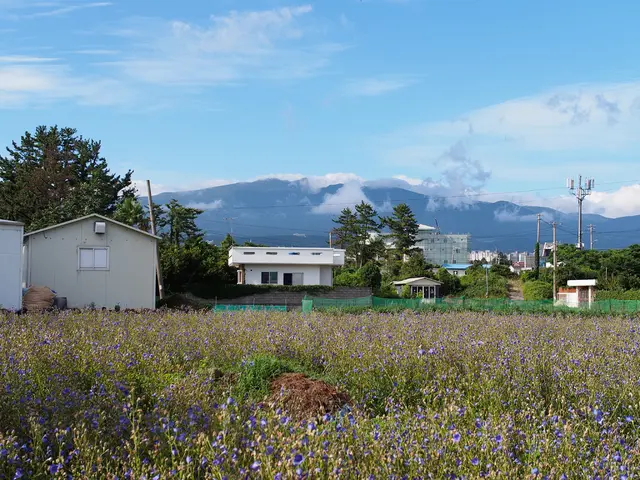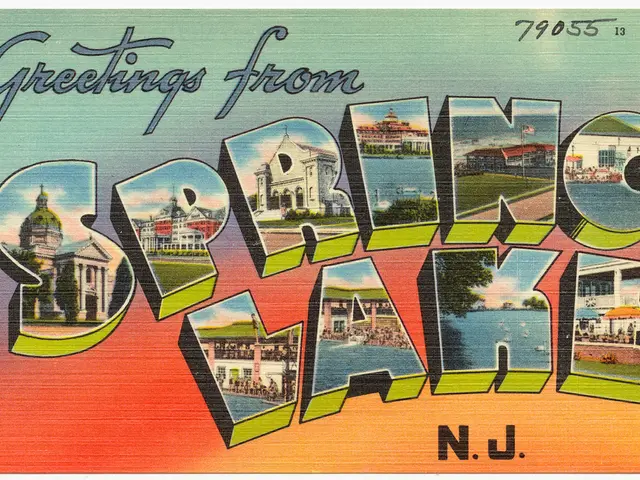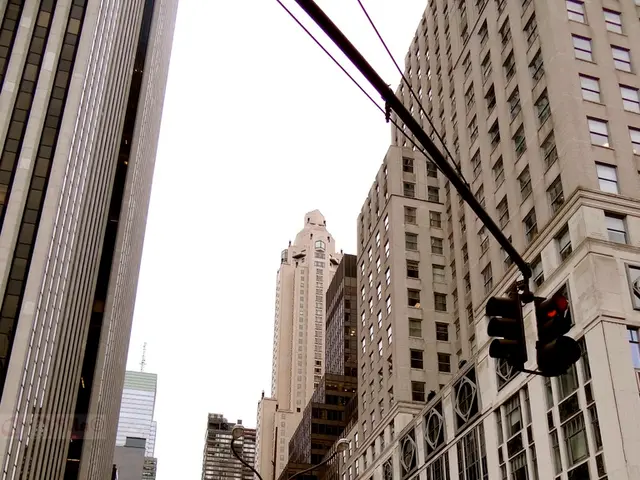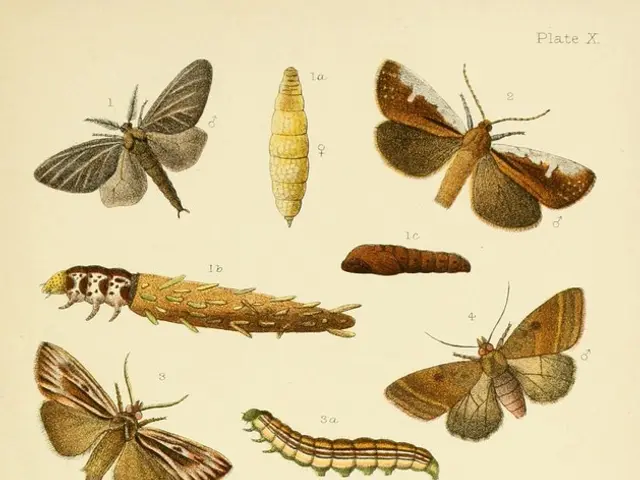Australia Scraps Controversial Antarctica Airport Plan
The Australian Federal Government has scrapped plans for a controversial airport in Antarctica. The proposed project, set in the Vestfold Hills region, faced criticism due to its potential environmental impact and high cost.
The airport, which would have been the first permanent infrastructure of its kind on the continent, was planned to include a 2.7-kilometre concrete runway. Its construction was estimated to take nearly 20 years and cost Australia approximately 2 billion dollars.
The project's cancellation comes as a relief to environmental advocates, including Emily Grilly, WWF's Antarctic Conservation Manager. Grilly, who visited Antarctica in 2019 as a penguin field biologist, is aware of the unique biodiversity at risk. The proposed airport site in the Vestfold Hills is critically important habitat for 99% of Antarctica's biodiversity, including threatened species like penguins, seabirds, and seals.
The airport's construction would have introduced increased risk of pollution from aviation fuel combustion and hydrocarbon leakage. WWF, one of the vocal opponents of the proposal, welcomed the government's decision. The organisation highlights that Antarctica is already under extreme pressure, and activities must proceed in a precautionary manner.
The Australian government's decision not to proceed with the airport plans is a victory for environmental conservation. WWF's increased funding for scientific research in Antarctica will further support the preservation of the continent's unique biodiversity.
Read also:
- Aiming to simplify the move towards cleaner automobiles, the newly established ministry plans to take direct action with Pannier-Runacher, Létard, and Vautrin at the helm.
- "The imperfect yet essential documentary, "Planet of the Humans," raises challenging and uncomfortable inquiries"
- Exciting Escapades of Tintin
- More than half of British homes adhere to insulation standards established during the 1970s.








